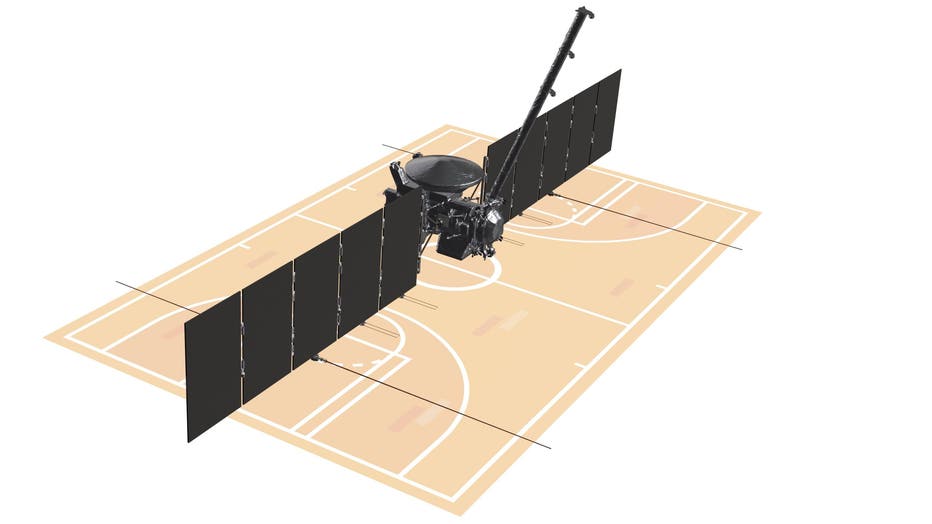Europa Clipper: Space mission to explore Jupiter's moon launches from Florida
NASA's Europa Clipper spacecraft launched from Florida's Kennedy Space Center on a nearly six-year mission to Jupiter to see if it's possible to sustain life that far into space.
Liftoff happened at 12:06 p.m. from Launch Complex 39A at Kennedy Space Center along Florida's coast. The Europa Clipper spacecraft is the largest spacecraft ever developed by NASA for a planetary mission. It is named after Jupiter's moon, Europa.
You can watch a replay of the launch in the video player above. Below find additional details on the mission.
How long will it take the Europa Clipper to reach Jupiter?
The Europe Clipper will travel 1.8 billion miles to reach Jupiter's moon, Europa. It's not expected to reach Jupiter until 2030 – at least a six-year mission.
Timeline
- Oct. 14, 2024 - Europa Clipper launches from Kennedy Space Center in Florida
- February 2025 - Europa Clipper comes within 300 to 600 miles of Mars
- December 2026 - Europa Clipper orbits Earth for "second gravity assist," and swings 2,000 miles from Earth to help its push to Jupiter.
- 2030- Europa Clipper reaches Jupiter
What is aboard the Europa Clipper?
The orbiter has nine (9) science instruments aboard.
What is the purpose of the Europa Clipper mission?
According to NASA, the goal of the Europa Clipper mission is to "determine whether there are places below the surface of Jupiter’s icy moon, Europa, that could support life."
"The mission’s three main science objectives are to understand the nature of the ice shell and the ocean beneath it, along with the moon’s composition and geology," NASA said.
The Clipper will perform dozens of close flybys of Jupiter's moon. It is planned to make at least 50 flybys, NASA said. At its closest approach, the spacecraft will get as close at 16 miles above Europa's surface.

NASA's Europa Clipper spacecraft is the agency's largest spacecraft for a planetary mission.
NASA's largest planetary mission spacecraft
Europa Clipper is the largest spacecraft ever developed by NASA for a planetary mission.
It features large solar arrays and radar antennas to collect enough light to power it to Jupiter. Jupiter is five times as far from the Sun as Earth, NASA said.
It is 16 feet tall, more than 100 feet wide, and weighs more than 7,000 pounds.
STAY CONNECTED WITH FOX 35 ORLANDO:
- Download the FOX 35 News app for breaking news alerts, the latest news headlines
- Download the FOX 35 Storm Team Weather app for weather alerts & radar
- Sign up for FOX 35's daily newsletter for the latest morning headlines
- FOX Local: Stream FOX 35 newscasts, FOX 35 News+, Central Florida Eats on your smart TV

